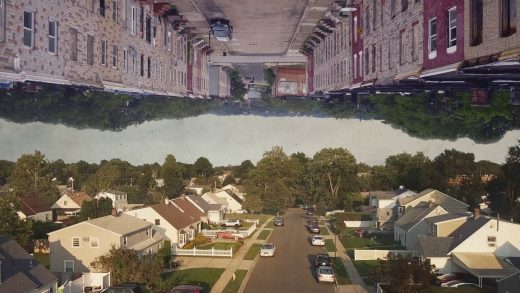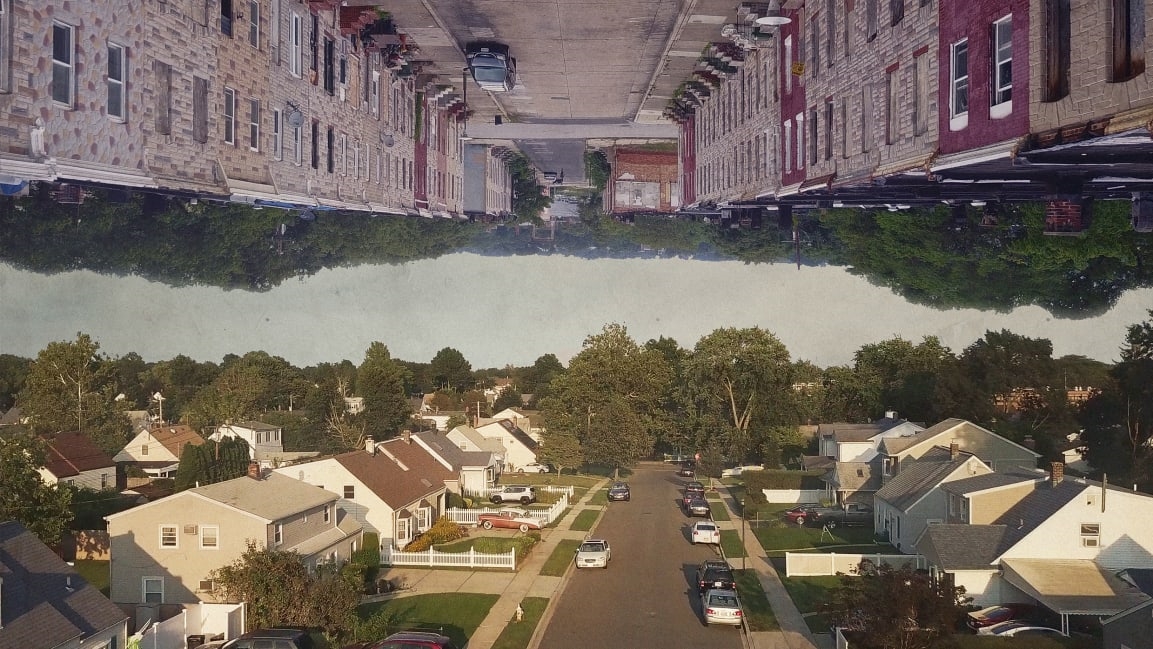How home ownership incentivizes people to keep racist housing policies in place
Racist housing policies. Segregated suburbanization. The global financial crisis. Urban unrest in the aftermath of police killings of Black people. These low points in recent history may sound like a checklist of the challenges that have faced American society.
But a new documentary makes the compelling argument that these are not discrete events, but rather interrelated symptoms of a disastrous housing system that has greatly disadvantaged non-white people for generations, and allowed the commodification of housing to steamroll millions of lower income Americans.
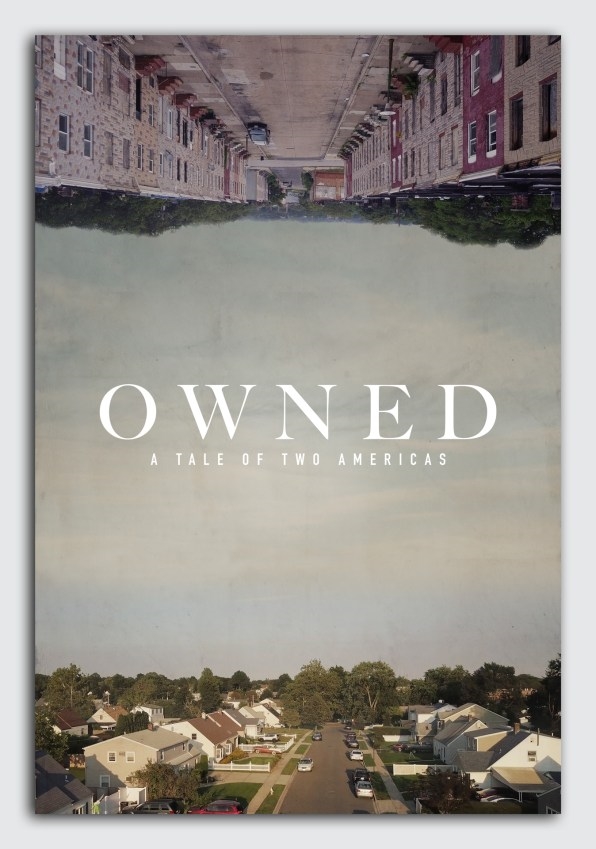
“Owned: A Tale of Two Americas,” premiering on PBS’s Independent Lens tonight and also available to stream on the PBS Video app, from director Giorgio Angelini, is an engaging look at the long-tail ramifications of racism and overheated capitalism in the housing market.
The roots of the project came from a grant Angelini received while finishing an architecture degree at Rice University in Houston. It was 2008, and an overheated housing market had just contributed to the crash of the global economy—hardly an encouraging time to start a young career in the realm of urban development. Angelini used his to photograph Southern California’s Inland Empire, the region surrounding San Bernardino and Riverside, where speculation and easy mortgages had fueled a housing boom that spectacularly bust.
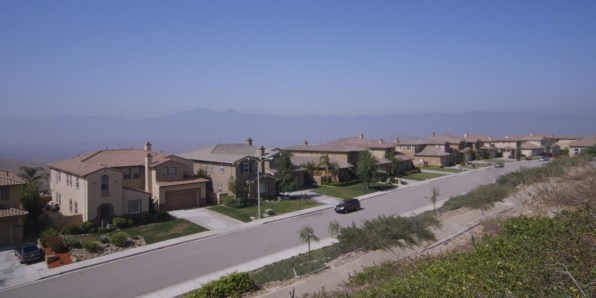
He began to make a film that explored this commodification. “In the very beginning, it was more of a critique of suburbia,” Angelini says. Just as it had boomed in the postwar years, suburban development sprawled to unsustainable reaches in the lead up to the global financial crisis. The history of the suburbs became a bigger part of the way the film explored this phenomenon, and Angelini quickly found himself telling the story of redlining—the race-based lending policies of the postwar period that blocked nonwhite families from obtaining mortgages in certain places, effectively cutting off a path to homeownership and the development of generational wealth for millions of people.
These shameful policies enacted at the federal level are hardly unexplored territory in the discourse of American housing. But as Angelini continued his research, events in the news began to show that these racist housing policies of the past are still with us and still affecting the lives of people across the country.
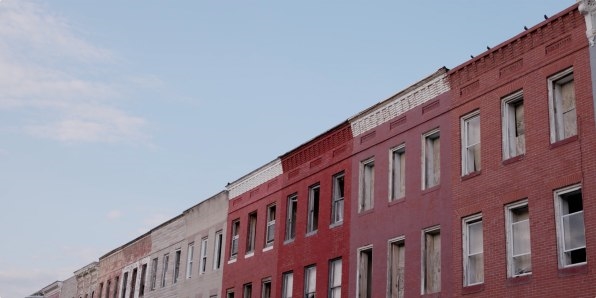
“A couple years after starting to make this film that was specifically about suburbia, we had the Freddie Gray uprising in Baltimore, and Michael Brown in Ferguson, and it became apparent to me that there was something connecting these stories,” he says. Pockets of concentrated poverty, the film argues, are the products of the racist housing policies of the past, and problems in these communities are the inevitable result of decades of being forced out of an economic and wealth-building system so integral to the American economy.
Through interviews with experts like Nobel Prize laureate Robert Shiller, co-creator of the Case-Shiller housing price index, and Nikole Hannah-Jones, creator of the New York Times’ 1619 Project, Angelini’s film explains the ways nonwhite people have been blocked from participation in homeownership, and the generational economic impacts that have pushed communities to the breaking point. Traveling from the rowhouses of Baltimore to still mostly segregated Levittown, New York, to the crashed housing market of Southern California, Angelini shows how racist housing policies of the past are still very much built into cities today.
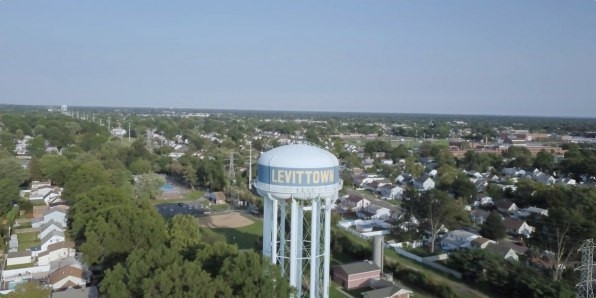
The film also shows how casting homeownership as a keystone of the U.S. economy has morphed the role homes play in people’s lives. “Right now in America our conception of home is less cultural and more financial. It’s specifically about wealth accumulation,” Angelini says. That’s led to market speculation, unsustainable borrowing, and the gross effects of a bursting housing bubble. It’s also led some homeowners to find it in their own financial interest to subtly embrace the racist housing policies of the past, Angelini says. When homeowners see their own home values connected with who does or doesn’t live in their neighborhood, they may be less likely to call for a more equal playing field for underserved communities hoping to get a piece of the homeownership pie.
“I went into the film, especially in the wake of the housing crisis, with a lot of cynicism toward homeownership,” Angelini says. “The surprise I came to at the end is that homeownership isn’t inherently a bad thing, it’s just the way that we’re structuring it in this country has the net effect of teasing out the worst in us. It is so overwhelmingly conditioned and ingrained into the culture that the home is there to build wealth for you—and nothing else.”
(28)

